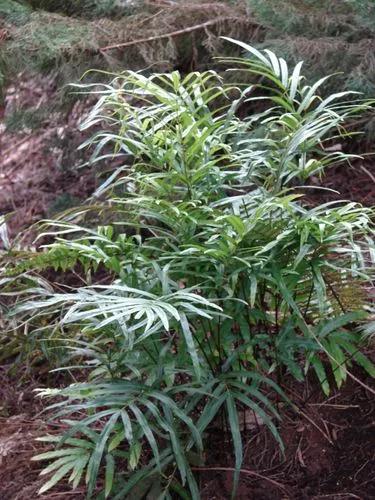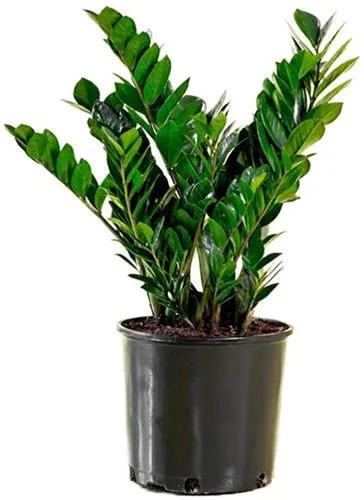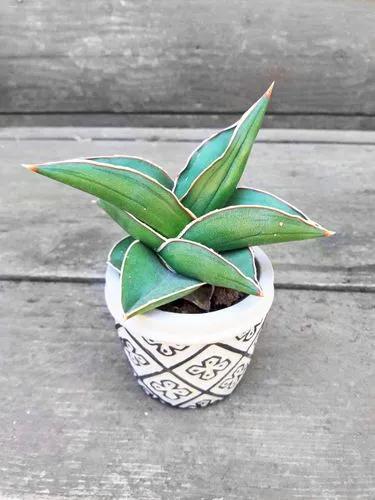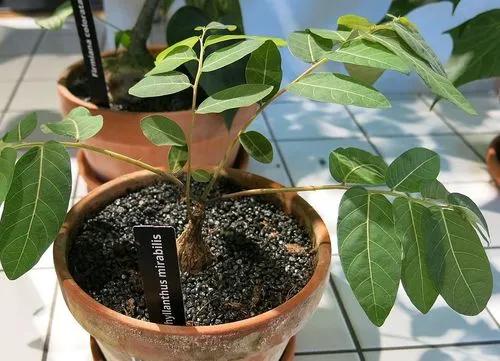Begonias are tender perennials, grown for their colorful flowers and foliage. Most begonias can be grown outdoors in pots, in the ground, or in hanging baskets in filtered light and moist, but well drained soil. Where not hardy, grow as annuals or indoors as houseplants. Most begonias can be propagated from leaf, stem or rhizome cuttings in addition to being sown from seed. Begonia hydrocotylifolia grows from a creeping rhizome. The foliage is very attractive, featuring small, unincised leaves.
Pennywort Begonia Care
Begonia Hydrocotylifolia



How to Care for the Plant

Water

Striking the right balance with watering is the biggest challenge when growing begonias. Ideally, the soil should be slightly damp at all times, but not too wet because begonias are very sensitive to overwatering and can easily develop root rot.

Fertilizer

Applying a liquid houseplant fertilizer according to the package instructions every two weeks will encourage bigger leaves and blooms.

Sunlight

Cane begonias need bright, indirect sunlight. Rhizomatous and rex begonias prefer a bit more shade. If leaves appear scorched, move your plant to a less sunny spot.

Soil

Some Sand to Clay Loam

Container

Plant begonias using a soilless potting mix in a pot with good drainage in the bottom.

Additional

Begonias are toxic to pets, according to the ASPCA, though the most toxic portions of the plant are the underground tubers and roots.

Popularity

25 people already have this plant 14 people have added this plant to their wishlists
Discover more plants with the list below
Popular articles






